Hopefully, by now you have a decent understanding of what and NFT is and why people find them valuable. This post aims to arm you with the information required to navigate the various NFT projects that are out there.
Types of Tokens
One of the more interesting things about NFT’s is that they can represent anything. Some people believe all real estate will be bought and sold as NFT’s on the blockchain at some point in the future. Whilst this is an interesting idea, I thought I would break down the most common types of NFT’s that are being bought and sold as of today:
Avatar Projects
Following the success of Cryptopunks, a lot of NFT projects have duplicated the Larvalabs formula. These projects tend to produce 10,000 NFT’s of a particular theme and the community has taken to using these avatars as their online digital identity. There are literally 1000’s of these Profile Pic (PFP) projects. We’ve seen punks, apes, cats, and dogs to name a few. This concept is getting a little tired, but owning a blue chip (trusted original) PFP project is the new digital flex for the rich and famous.
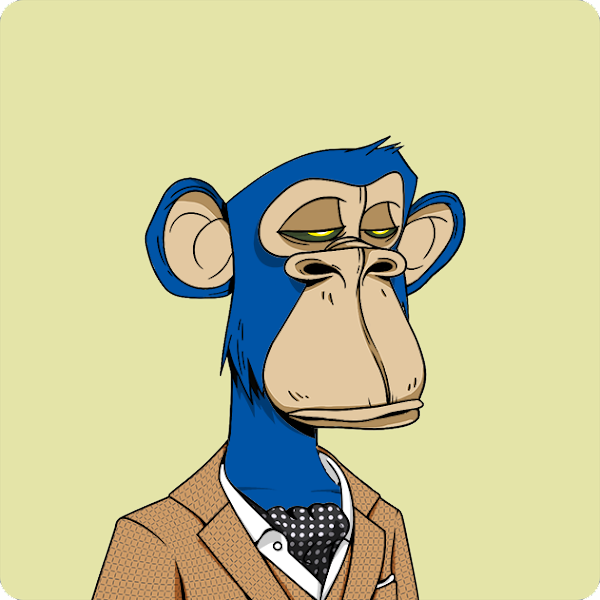
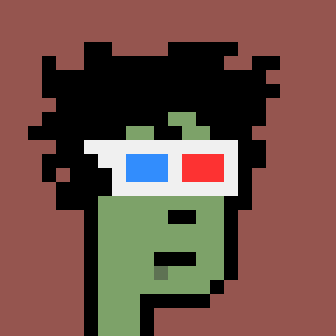
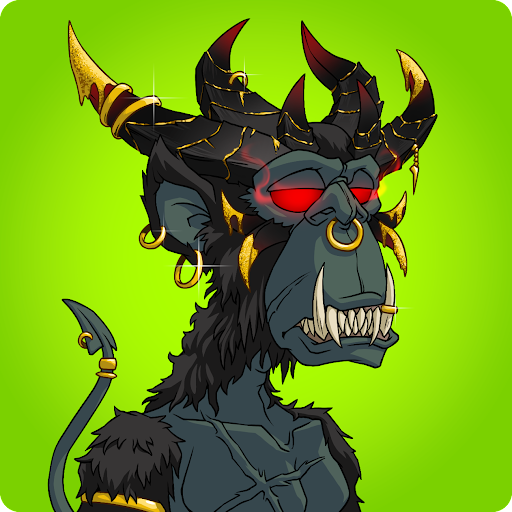
With Twitter looking to officially support these verified NFT’s as profile pictures, this might just be the beginning for these types of projects.
Art
After Profile Pic (PFP) projects, the most common type of NFT by volume is probably that of art. These tokens vary from traditional artists selling on the blockchain like that of Damien Hursts – The Currency who released 10,000 unique prints that were sent to the buyers as NFT’s. While the original was stored in a vault. Buyers could then decide to burn aka destroy the NFT to receive the physical copy, or keep the NFT and have the physical copy burned.
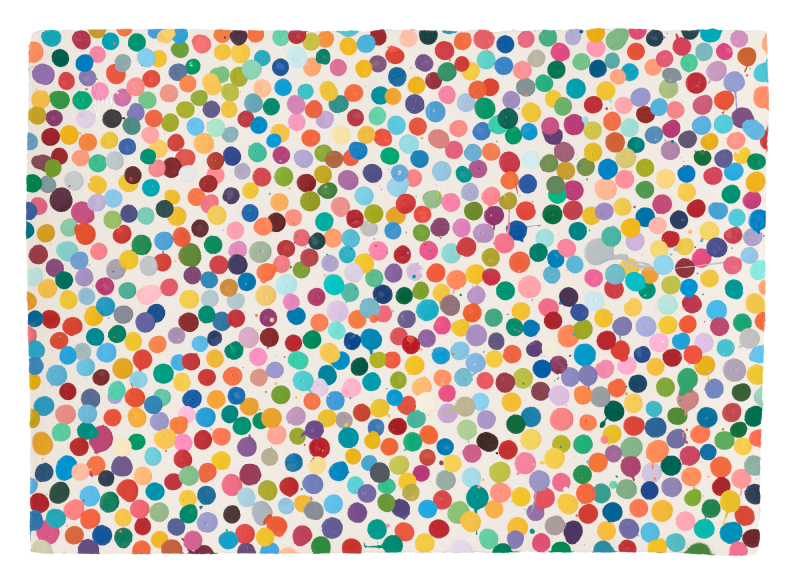
In addition, many photographers have moved to selling their shots on the blockchain. An obvious jump for the medium. Projects like Twin Flames – Justin Aversano a collection featuring 100 portraits of twins has seen a huge amount of success over the past few months. The current floor for this project is ~$700k USD.

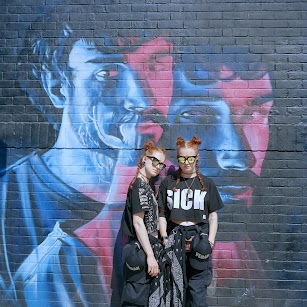
A form that was maybe not so obvious is that of generative art. Generative art is the craft of making art with computer code. A mostly underground group of hackers a few years ago are now the kingmakers of the NFT industry all being led by Artblocks. Early to the NFT scene, Snowfro understood that NFT’s were going to change the world, and used his Cryptopunk sale proceeds to build the Artblocks platform. A generative art platform where artists can launch and sell their generative art 100% on-chain. Artblocks pieces sell regularly for millions of dollars and in many ways is the inspiration for Genesis Mint.

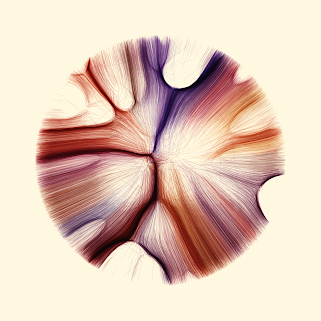
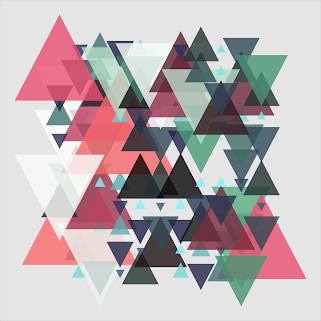
Utility
Utility tokens are an interesting beast. A step towards the “everything is a token” future I touched on above. These tokens as the name suggests come with some kind of utility. They are useful. Probably the best example of a utility token is Gary Vanderchuck’s – Veefriends.

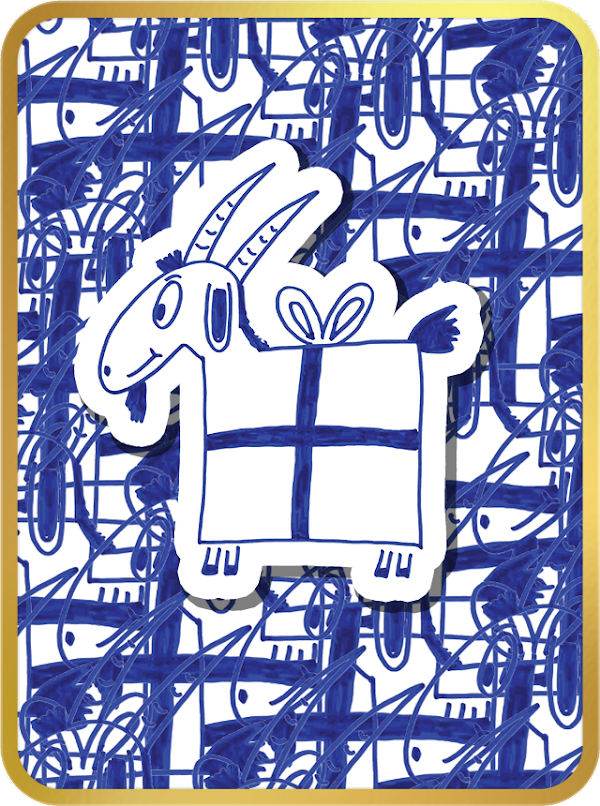
As well as being an NFT, these tokens are entry into the metaphorical “Gary Vanderchuck Club”. They gain you access to the VeeFriends conference each year in addition to some other fun perks. For example, the gift goat above entitles the holder to a minimum of six (6) physical gifts that will be sent to Gift Goat token holders per year for three (3) years until token experience expires. Whilst the art might leave a little to be desired, the concept more than makes up for it. You can pick one up on Opensea today for approximately $125k USD.
Gaming
Another interesting space where we are seeing quite a lot of innovation with NFT’s is in gaming. Over the past decade, we have seen a big push from game studios into in-game items and marketplaces. It’s natural to assume that one day these items will be represented as NFT’s on a blockchain. The biggest game currently in the market utilising NFT’s is called Axis Infinity where on an average day we see 10’s millions of dollars of digital assets traded back an forth. Axie has also pioneered a new gaming model called “Play to Earn” where players essentially earn money to play the game in the form of tokens. Axie has seen an explosion of players in the Philippines in the midst of COVID with many switching to Axie as their main method of earning income.


Some other interesting examples of online games that utilise NFT’s are Zed Run and Chicken Derby, both online racing games that use NFT’s to represent their Horses and Chickens retrospectively. Races a run digitally and again players can earn real money for doing so. A somewhat ethical replacement to today’s horse racing industry it is not impossible to think that at some point in the future all horse racing might be digital.
Other
The last category is a catch-all for everything else. I hope it’s clear by now that anything can be represented by an NFT. Literally anything. Boats, cars, books, houses, partners… anything.
Where from here?
Well no one truly knows but if I was to speculate I would have high confidence in one or all of the following happening over the next decade or so:
- There will be a large downturn in the NFT market. Many projects value will go to zero. We’ve seen this time and time again in crypto. There is a lot of hype in the asset class and we are due for some amount of consilidation.
- Blockchain tokens will continue to increase in usage and utility for both currency and non fundgible tokens to a point where these markets are close to the size or in excess of the traditional finance system today.
- More and more things in the real world will be represented on blockchains as an NFT.
- There will be a huge NFT bull run as more and more average investors enter the market and we will see the truely honest and valuable projects hit new unbelivable highs.
This is my hypothesis and what I will be betting on.
Have you read Part 1?
Disclaimer
The content covered in this newsletter is not to be considered as investment advice. I’m not a financial adviser. These are only my own opinions and ideas. You should always consult with a professional/licensed financial adviser before trading or investing in any cryptocurrency-related product.